How To Fix Flat Feet
In this article we’ll look at how to fix flat feet using different tools and exercises.
Flat feet, also known as fallen arches, is a postural deformity in which the arches of the feet collapse . This causes the soles of the feet to almost completely be in constant contact with the ground.
The amount of sole to ground contact depends on the severity of the problem at hand.
How to identify flat feet
There are 3 types of flat feet. This is graded depending on the seriousness of the deformity.
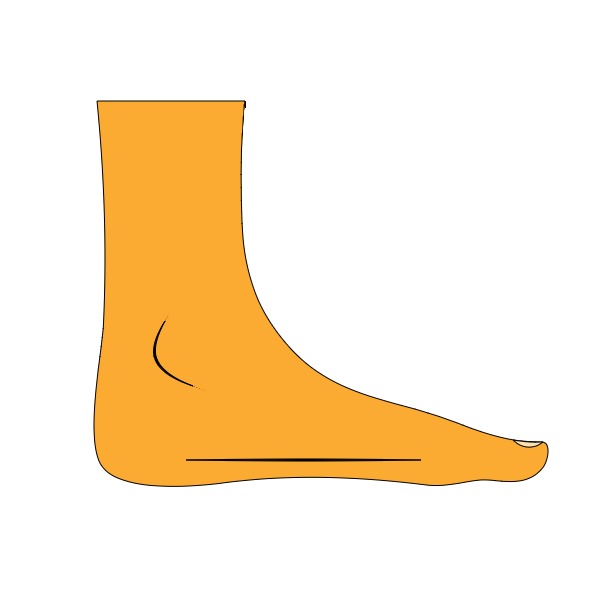
Grade 1 Flat Foot – This grade is categorized by a noticeably low arch.
Those of you that fall under this grade will respond exceptionally well to the exercises mentioned below.
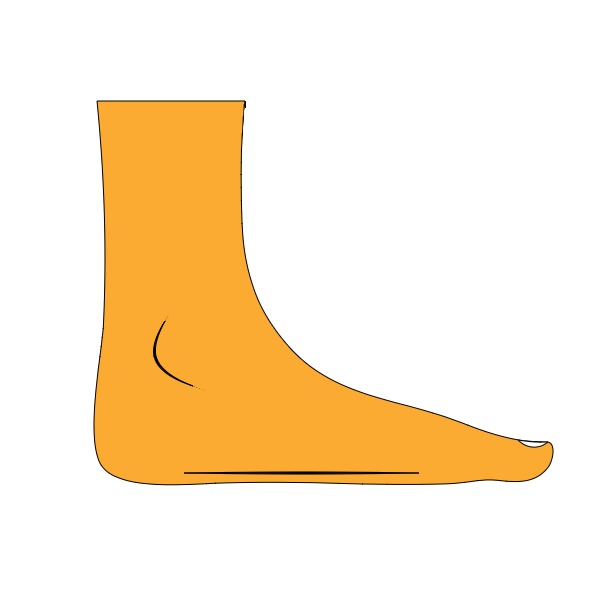
Grade 2 Flat Foot – Feet that lack an arch fall under this category. While the deformity is relatively severe, it can be fixed by consistently performing the exercises listed below. Although, the results may take longer to manifest.
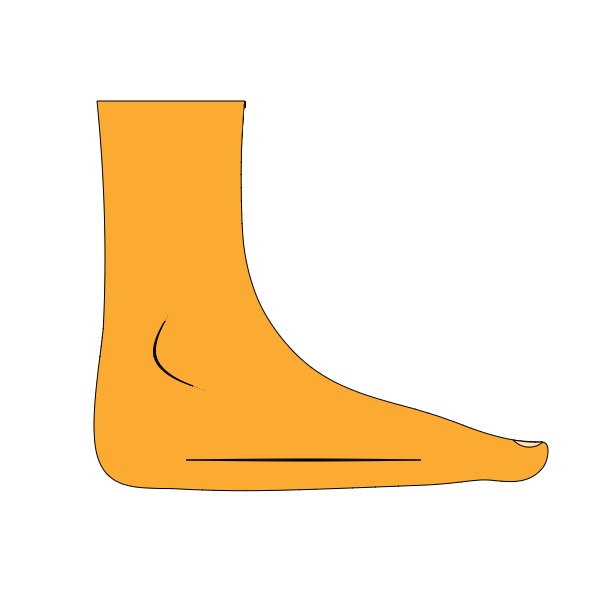
Grade 3 Flat Foot – A convex shaped arch is an indicator of this category. Grade 3 flat feet is the most severe and can lead to a variety of joint related problems, from the ankles, all the way to the back. This is the hardest type of flat foot to correct, but we have seen many cases where an arch was built with the exercises provided below. Although, if the problem persists after 12 weeks we highly recommend visiting your doctor.
Causes of flat feet in adults
Flat feet in adults often develop as a result of individual lifestyles or bad posture. It could also be hereditary in nature. Below are the causes for flat feet in adults:
- Sedentary lifestyle
- Weight gain due to pregnancy
- Long distance running
- Stretched or torn muscles and tendons
- Age related changes in posture
- Lower limb injuries
- Weak arches
- Obesity, diabetes and blood pressure
Best Exercises To Fix flat Feet
Grade 1 and Grade 2 conditions of flat feet can be cured through a combination of massage, exercise and the right kind of footwear.
While Grade 3 flat feet can also be fixed through a combination of the same routines, rarely, surgery might be necessary.
- Finding someone to massage your feet isn’t very practical, you can solve this problem by using a foot massage ball. Foot massage ball is an easy way to exercise flat feet as it helps strengthen the ligament laxity that affect people with flat feet and causes the arch to collapse.
- Regular foot exercises and deep tissue massage using the massage ball can help significantly reduce the pain and even cure these conditions.
Exercises using the massage ball for flat feet
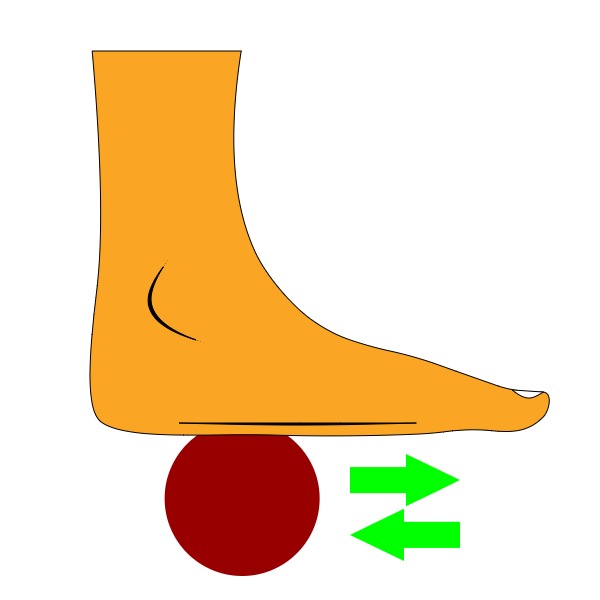
Rolling massage for flat feet: This exercise gives a self controlled massage which stretches to the bottom of the foot.
Place the ball on the floor and roll the ball back and forth, from toe to heel, by using pressure with the ball under your feet.
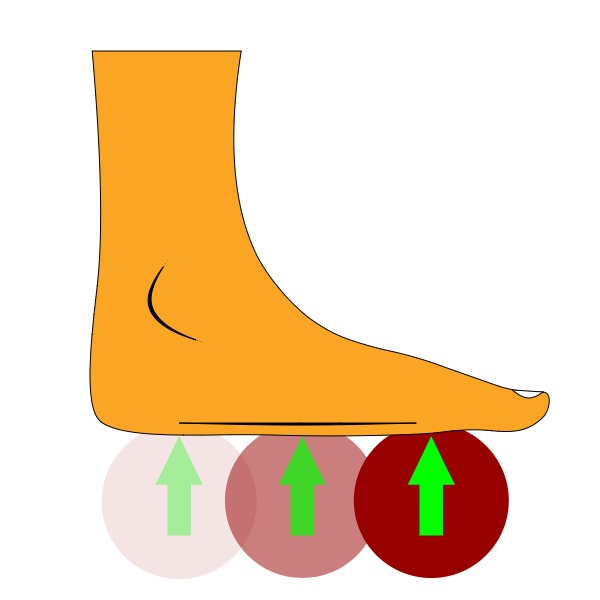
Spot pressure: Place the ball under your feet and firmly press your foot into the ball for ten seconds each at different locations along the arch. You can do this for 2 sets on each foot.
Exercises to help you build the arches of the feet
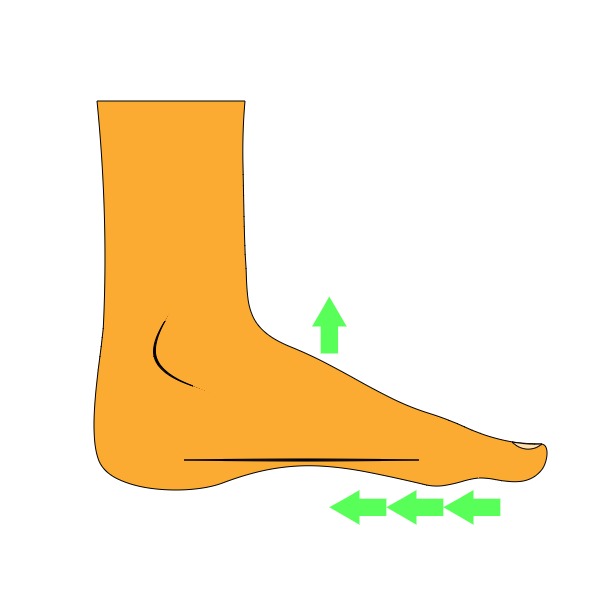
Shortened Foot Exercise: The goal is to strengthen the arches by shortening the distance between the ball of the foot and heel by sliding the forefoot along the ground, back towards the heel. Hold this position for 5 seconds.
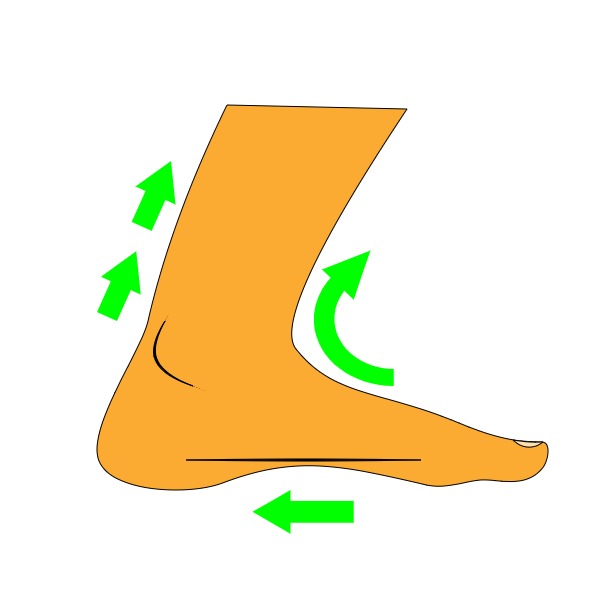
Calf Stretch (2 sets): This exercise helps in preventing the collapse of the arch. Place both your palms on a wall in front of you. Move your right leg back, making sure to keep your heel on the floor.
Leaning forward slightly, bend your left leg until you feel a stretch on the calf muscle on the right leg. Hold this stretch for 30-50 seconds. Repeat the same for the left leg.
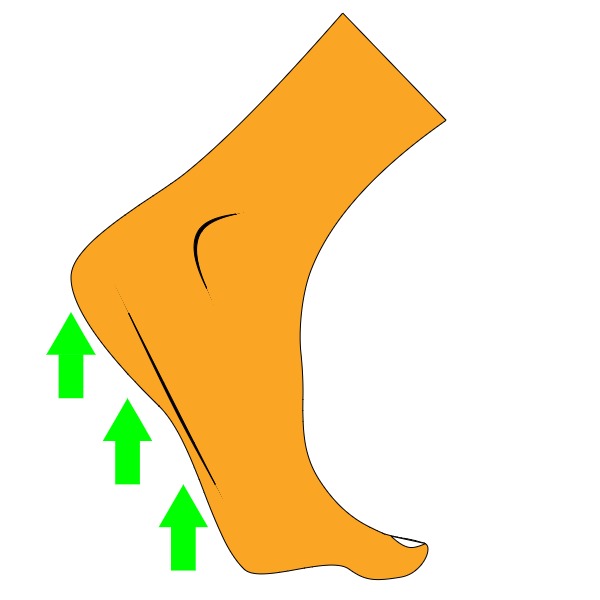
Heel Raise (2 sets -15 times): Raise your heels and stretch your body as if reaching for something placed high above you. At the top of each heel raise, hold the posture for 5 seconds.
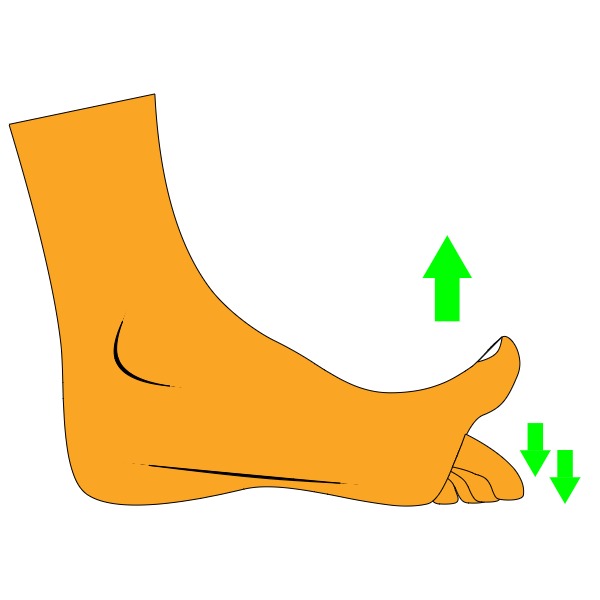
Toe press (1 set -10 times): This involves pressing the big toe down, while lifting the other four toes. Alternatively, press the four toes and lift the big toe. Hold each press for five seconds.
You can also do these exercises even if you do not have flat feet, as this is a great exercise for those of you who stand at work a lot. The idea is to activate the arch muscles so that they work to their optimum level.
Quick and easy fixes for those with flat feet
You can use these easy fixes to prevent and manage pain caused due to flat feet:
- Wear suitable footwear and shoe inserts that are appropriate to your activity
- If pain occurs home remedies such as rest, ice packs and mild pain killers can help
- Avoid activities that put extra stress on your feet, such as running on the road and high impact sporting activities. (Please note, this is only required if you are experiencing severe pain from any of these activities. Using, shoes and insoles for flat feet can drastically reduce pain in the long run.
Suitable footwear for flat feet
People with flat feet should avoid wearing flip flops and high heels, as these do not give an arch lift. But if you still insist on wearing flip flops we have reviewed the best flip- flops for flat feet here.
Extra attention should be paid to pick the right footwear, as these play a major role in easing the pressure on flat feet.
An ideal pair of shoes for flat feet should provide:
- Arch-support
- proper fit
- flexibility in mid sole
- stability control
Alternatively, you can also use insoles on your shoes to provide support to your arches, encouraging gait correction while walking or running.
Symptoms of flat feet
These are few of the symptoms associated with flat feet which will help you identify the problem.
- Foot pain, especially around the heels and ankles which alters your gait and makes walking a painful experience.
- Taking support of a wall to stand on tiptoe
- Swelling around the inside of the ankle
- Pain in calf muscles hip and lower back due to additional strain in these areas
- Shoes not fitting perfectly when worn
The human foot acts as a shock-absorber for the body, absorbing shock from our daily activities such as walking, running and jumping by lowering the arches. Flat feet restrict the natural movement of the arches.
Due to which the force of your body weight is then transferred to your ankles knees, hips and lower back. Over time this stresses the body, causing fatigue and pain.
Conclusion:
As discussed above, having flat feet can have an adverse impact on your day-to-day activities.
But knowing how to fix flat feet is the first step towards an injury free life.

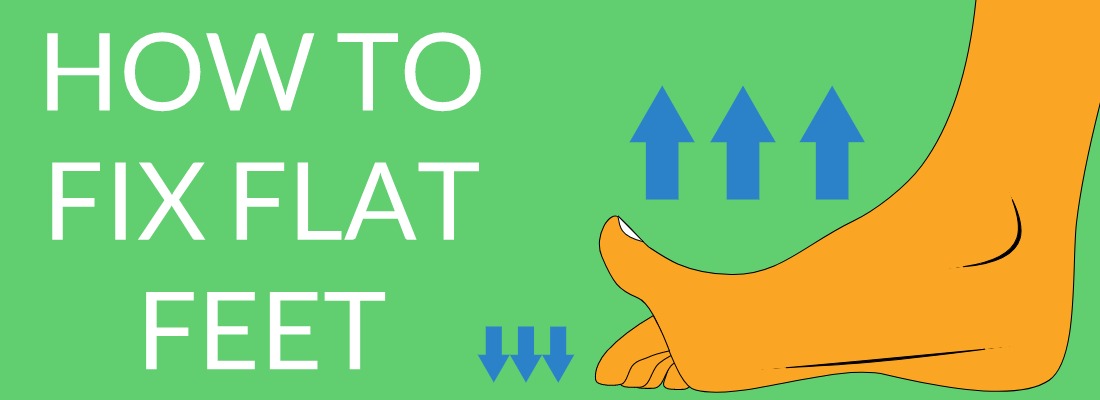
What is your reasoning behind how a zero drop shoe is good for PTTD? This counters what podiatrists and foot and ankle surgeons say which is to have a high heel to toe drop as it reduces the amount of rotation through the gate and subsequently puts less strain on the posterior tibial tendon. I have been trying to get rid of my pttd for over 3 years now. It’s a stubborn case. I’d love to reach out and talk more.
Ricky
A zero drop shoe can help because it allows the natural design of the foot to be used. A heel flies in the face of thousands of generations of adaptation…